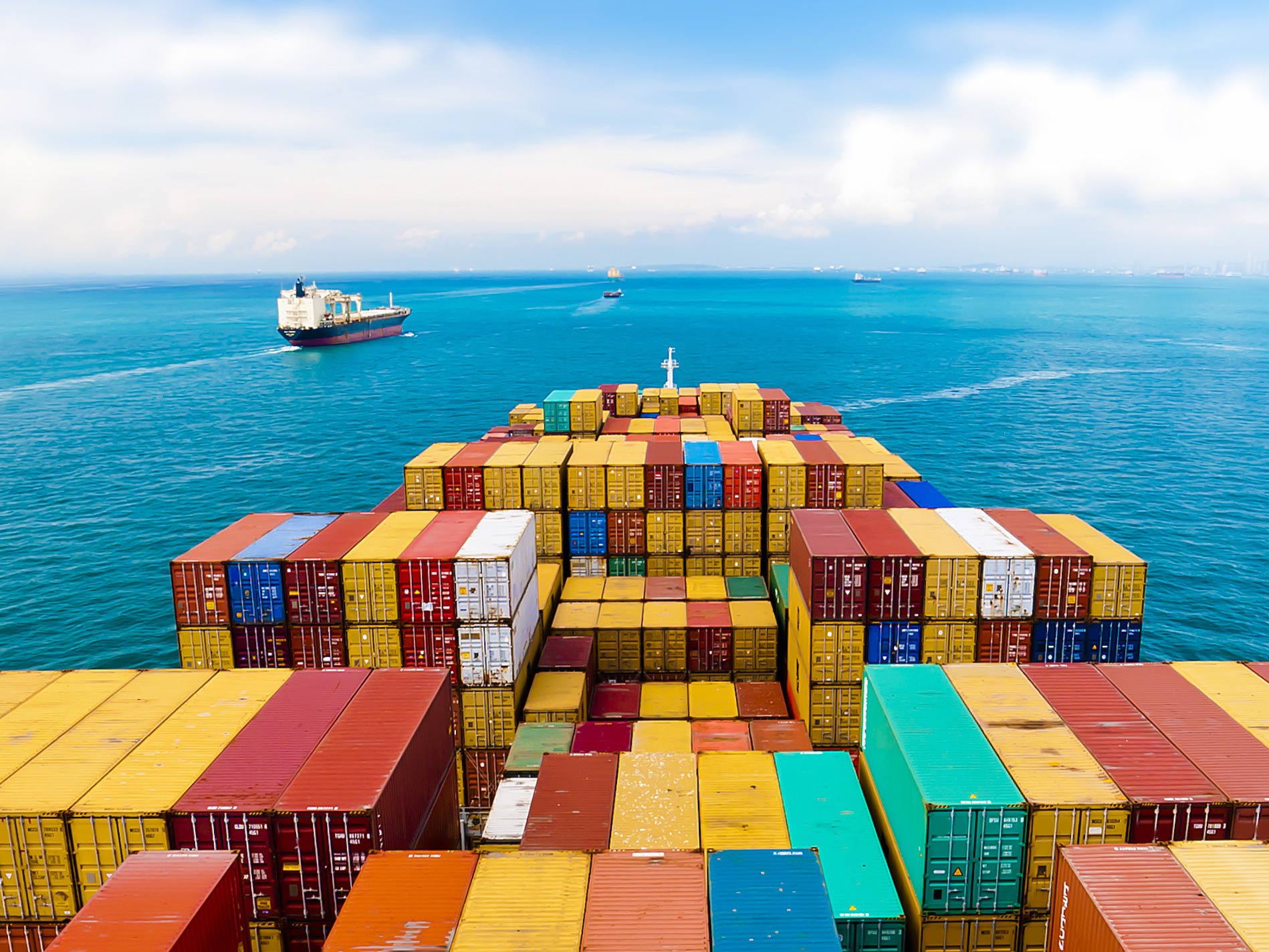27 April 2021
3 min read
#Transport, Shipping & Logistics, #Renewable Energy
Published by:

An article recently published in the global shipping business newspaper, Tradewinds, provides a fascinating insight into the future of the Australian economy and shipping industry, in particular.
The article reports that Fortescue Metals Group (FMG) has “ditched a tender to charter in LNG fuelled ships, and is planning to skip straight to carbon-free green ammonia powered vessels.”
The use of ammonia to power vessels is an emerging technology. Precisely when it will be available is still unknown, but FMG is clearly confident it is sooner rather than later.
The Tradewinds article also reports (and FMG’s website confirms) that FMG’s ambition is ultimately to be a producer and exporter of clean and renewable energy.
Currently, the production of ammonia (like hydrogen) is expensive but becomes feasible when renewable energy sources are used. FMG is now investing in the development of ammonia technology in Australia via a pilot green ammonia plant in Tasmania, in partnership with the Tasmanian government.
Once that technology is commercialised, one might assume it could easily be deployed in and around the mine sites and ports in Western Australia that FMG currently controls and which have an abundance of (free) solar energy. By joining the dots, this means that the green ammonia vessels ultimately delivered to FMG will be also be powered by green fuels produced by FMG.
And how will this affect trade? At present, most of Australia’s bulk commodities are exported on ‘Free on Board’ (FOB) terms, under which the buyer of the commodity makes shipping arrangements by chartering the vessel needed to load the cargo, and the Australian seller or export’s role is simply to load the cargo on the nominated ship, at the nominated port, within a stipulated timeframe.
So when a Chinese steel mill, for example, needs iron ore, it will enter into a contract with an Australian iron ore exporter, and also charter a ship to load the cargo in Australia and carry it to China. The cost to the mill to land the cargo in China is (largely) the FOB price paid to the Australian exporter (which does not include freight), plus the freight or charter hire paid to the shipowner.
The traditional alternative is for the Australian exporter to sell on ‘Cost and Freight’ (CNF) or ‘Cost, Insurance and Freight’ (CIF) terms. Under that arrangement, the exporter charters the ship to carry the cargo, and the cost of freight is included in the sale price.
At present, the vast majority of the world’s shipping is powered by fossil fuels, known as ‘bunkers’ (being a heavy oil by-product of the oil refining process).
Bunkers are globally traded so most shipowners will pay around the same price for bunkers and the price of bunkers is a major part of the shipping cost (which accounts for 50 to 60 per cent of a ship’s operating costs).
The opportunity for FMG (and indeed, other Australian bulk exporters) is obvious, particularly if it increases CNF sales (so that it controls the ships used to carry the cargo). If it can significantly reduce the cost of fuel, it can ‘deliver’ its products to markets far more cheaply than its competitors can. FMG can do this if it owns proprietary green ammonia technology and can produce it cheaply before it commercialises green fuel sales to other customers, and global carbon targets push up the cost of fossil fuels (e.g. bunkers) even more.
From a legal perspective, contracts (and contracting practices) will need to be adapted to capture the potential benefits of cheaper fuel sources for Australian exporters. Some thought may need to be given to competition issues if exporters are bundling the cost of fuel into the prices of commodities. While this practice is common now, the fact that bunker prices have traditionally been ‘flat’ has perhaps neutralised the issue.
Next week, we will zero-in on FOB contracting and look at the possible execution issues through a UK case – stay tuned.
Disclaimer
The information in this publication is of a general nature and is not intended to address the circumstances of any particular individual or entity. Although we endeavour to provide accurate and timely information, we do not guarantee that the information in this article is accurate at the date it is received or that it will continue to be accurate in the future.
Published by: